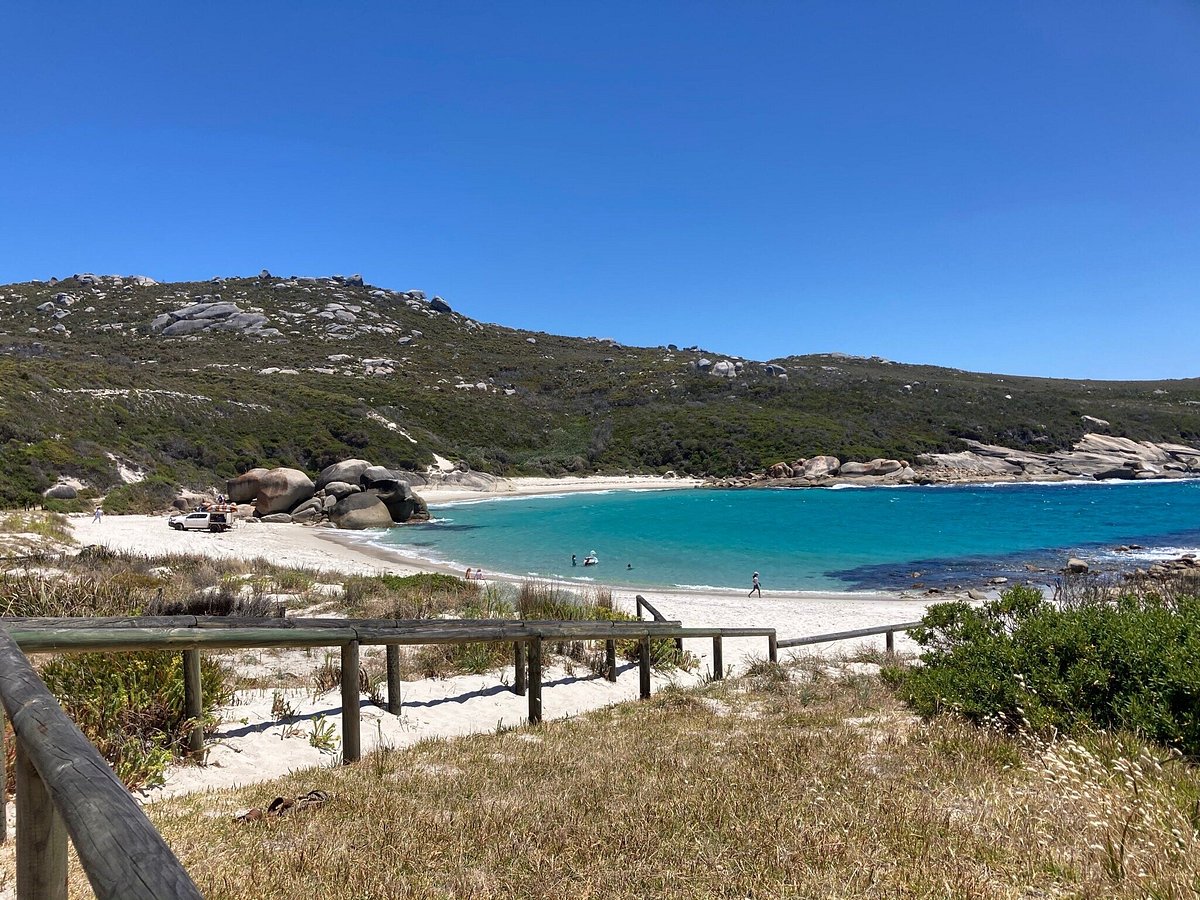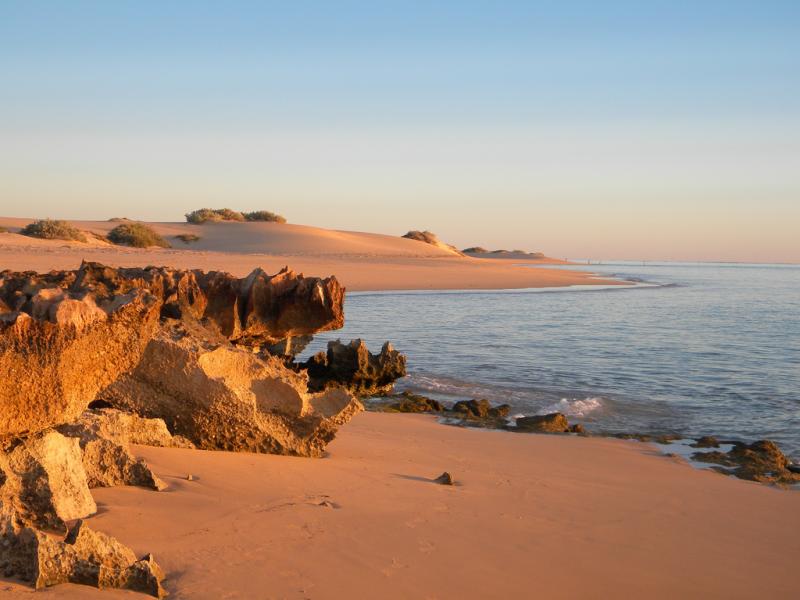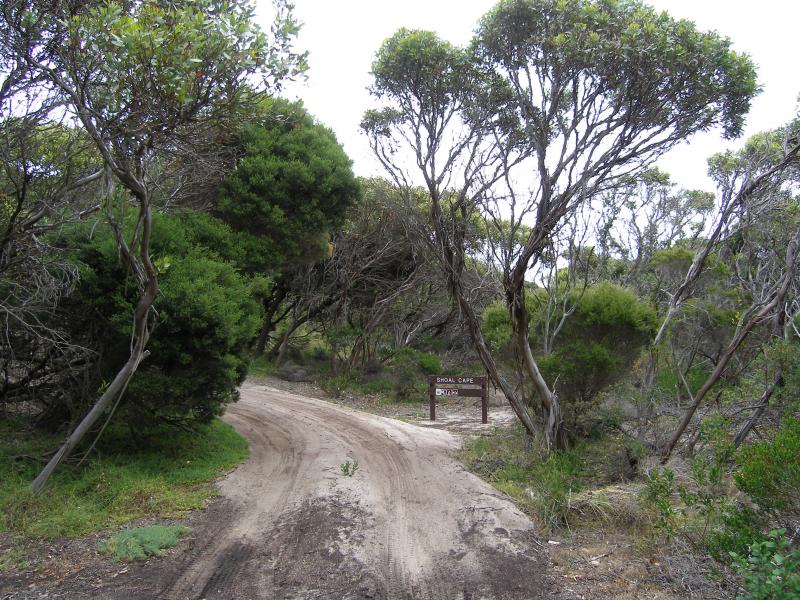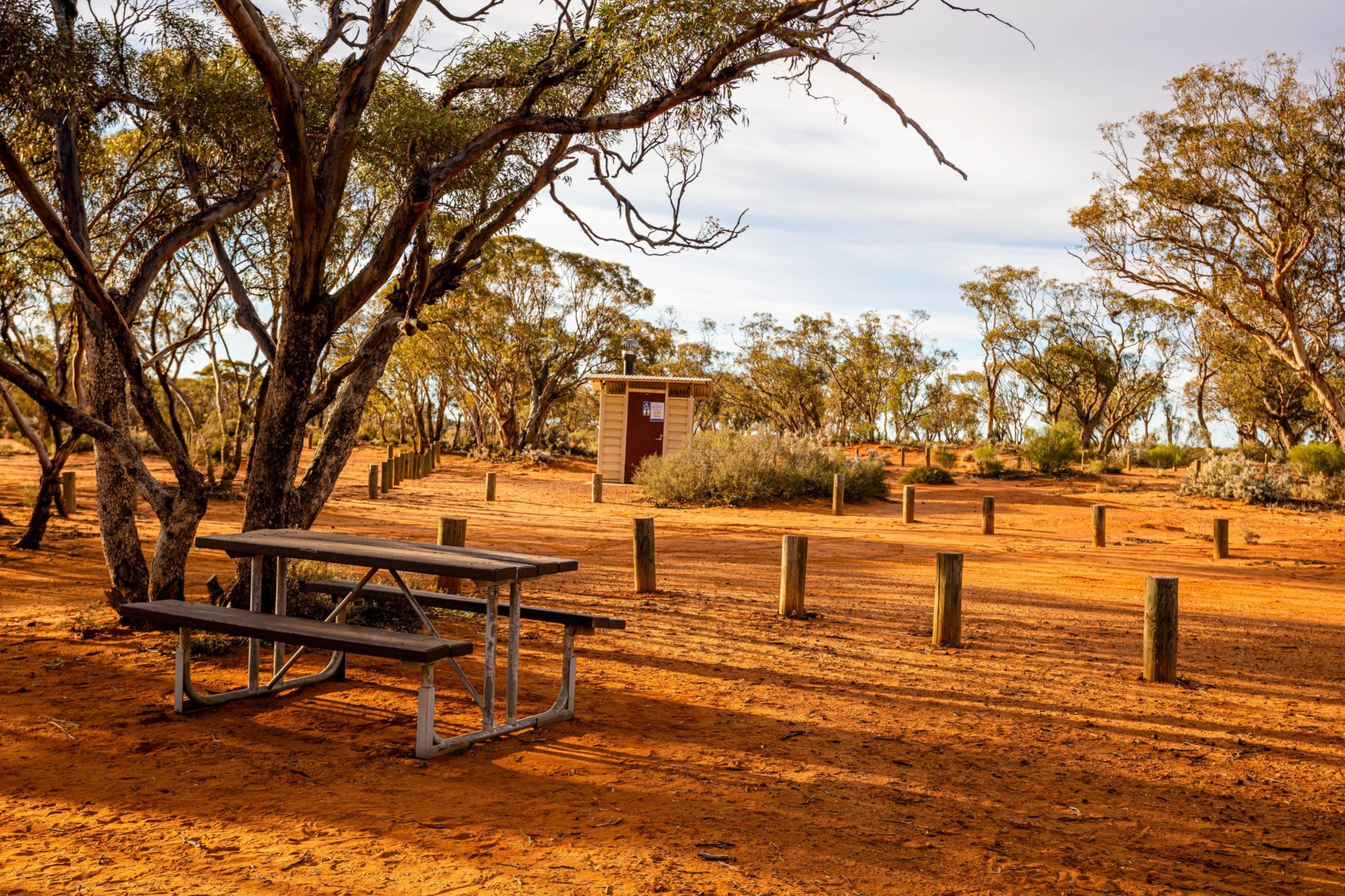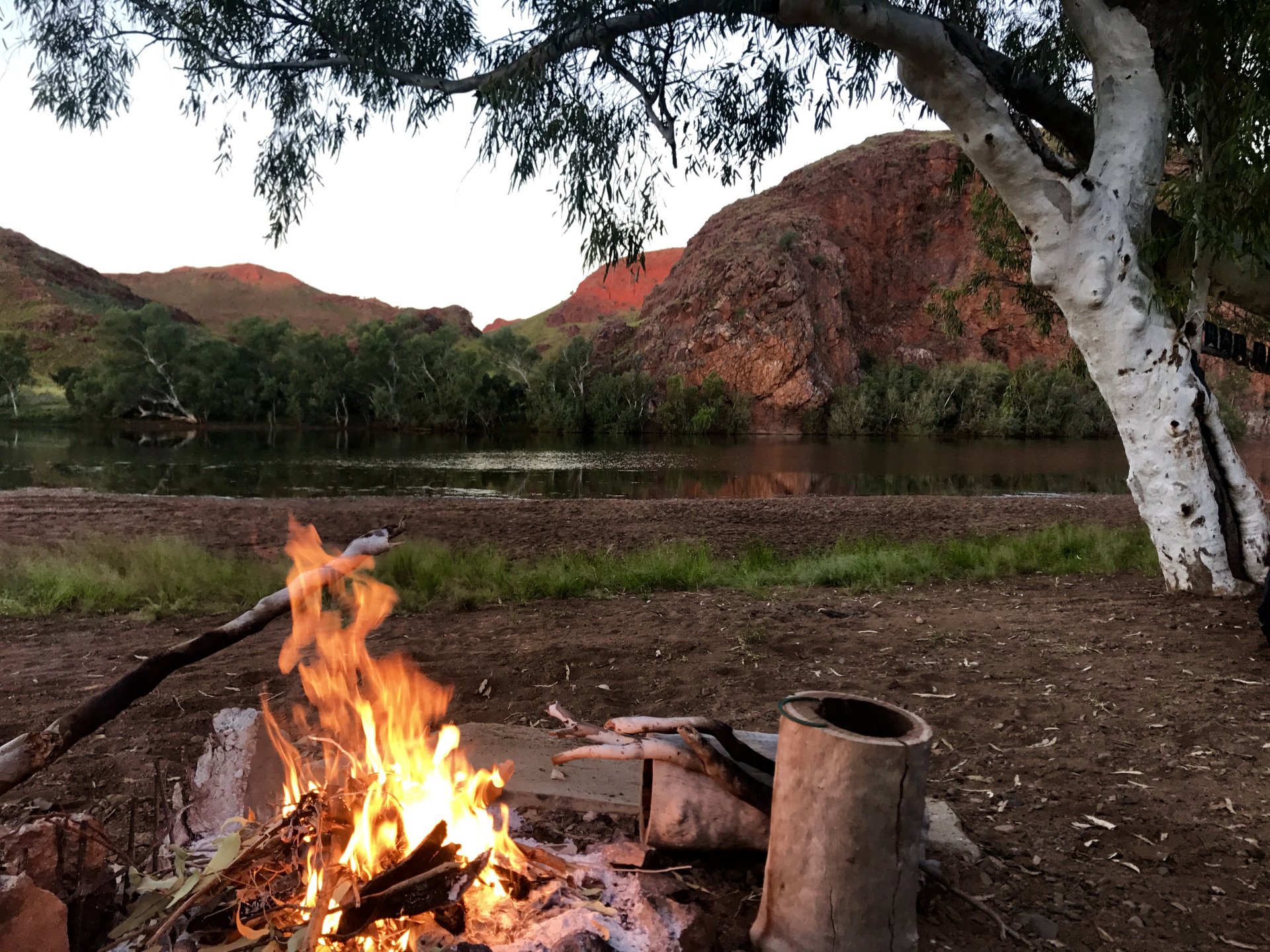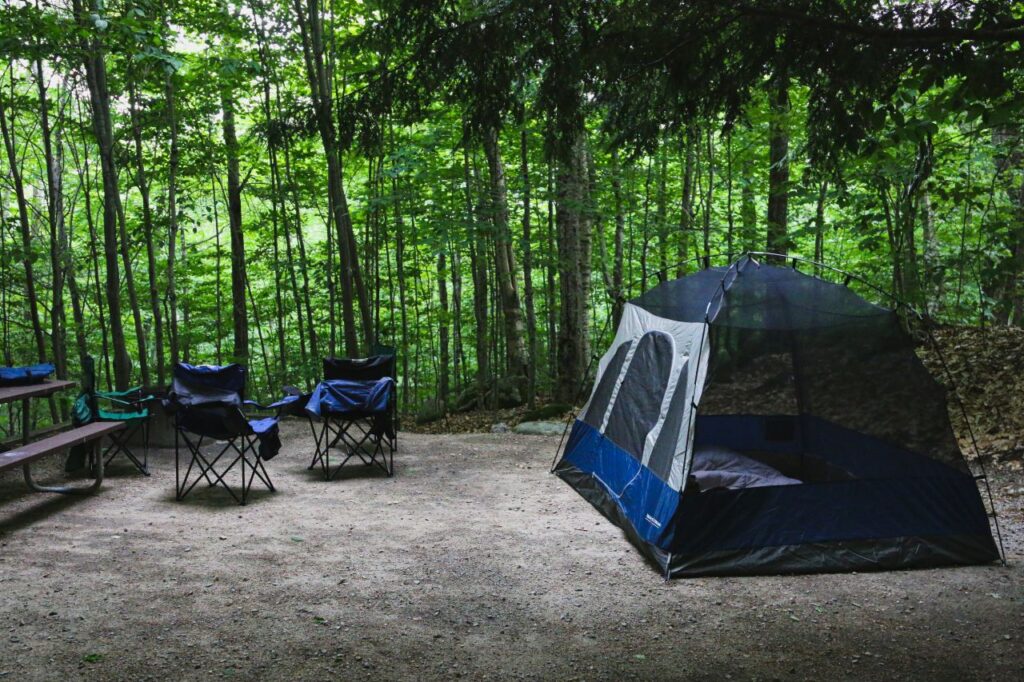There's nothing like a camping trip to rejuvenate the mind and spirit with its combination of open space, natural beauty, and quiet reflection. What could be better than spending a few nights under the sky on a camping trip? When everything is available at no cost to you. We have compiled a list of our favourite free camping areas in Western Australia, which are insanely fantastic. You might have to drive
We've compiled a list of the top free campgrounds in Western Australia.
Betty’s Beach
Not too far from Albany lies Betty’s Beach This coastal wilderness is a free camping spot. Set up camp right on the beach and enjoy the clear waters for swimming or fishing. Please be aware that from February to April, the campground is closed because of the salmon fishing season. Keep your eyes peeled for migrating whales between June and September. Cost-free whale watching? Sure, why not?
Bettys Beach is accessed from the South Coast Highway east of Albany and then via Homestead Road and Bettys Beach Road. Even though some of the road is unpaved, passenger cars can make it just fine. Campsites in the area range from being a bit more expensive to being completely free, with Betty's Beach offering the former. Norman's Inlet and East Bay. They continue to go there despite warnings from local authorities that the site is not appropriate for caravans due to the steep access route. There are public restrooms, trash cans, and a gazebo for use.
While the park is open year-round, professional fishers may use the area between February and April, making campfires illegal at all times. Swimming, strolling, fishing, and four-wheeling are all possible here. A 4x4 is necessary to access some of the beach, but the sand is quite soft, and as you'll see in the video, it's easy to get stuck. During high season and on long weekends, this area gets extremely noisy and busy, making it an unsuitable place to stay.
Stays at Betty's Beach are currently permitted for up to 7 days and do not incur any costs. It's possible that fees could be implemented here down the road. Betty Jones, who frequently visited the area with her family to go camping and fishing, inspired the name "Betty's Beach." A friend of the family, just for fun, carved "Betty's Bay" into a piece of driftwood using charcoal from a campfire. The name remained, and a variant of it is still in use today.
Torbay Inlet
Torbay Inlet surfers can stay overnight for free and take in the beautiful Albany surroundings at (also called Floodgates). Relax in the afternoon after a day of surfing in this pet-friendly spot, which also features a track leading down to the beach and plenty of peppermint trees for shade.
This campsite may be modest, but it's situated in a beautiful coastal region with lots to do. After you've set up camp, you can go down the path next to the inlet to the beach, where you can go swimming, fishing, or surfing. There is a boat ramp for anyone with 4WD to use to get their watercraft into the water. Sheltered by coastal scrub, the campground offers plenty of shady spots to park your tent, caravan, or camper.
Park of Cape Range
It's hard to imagine, but Cape Range National Park on the Ningaloo Coast enables campers to stay for free for as long as they'd like. How much information is required? You can go snorkelling in the purest waters you've ever seen, meet a turtle, explore Yardie Creek, or hang out in Turquoise Bay.
Cape Range, with its craggy limestone peaks and dry coastal plain, is located right next to Ningaloo Marine Park, a marine preserve with stunningly beautiful, contrasting scenery. At Cape Range, which is part of the Ningaloo Coast World Heritage Area, you can see kangaroos, emus, echidnas, birds, and black-flanked rock wallabies, among other creatures and birds. Accessible hiking trails, wildlife observation, camping, beach combing, swimming, snorkelling, and beach fishing are just a few of the many interesting activities and attractions that may be enjoyed by visitors of all ages and abilities at Cape Range.
The Ningaloo Marine Park hiking paths offer stunning vistas of the park's arid environment and the park's contrastingly blue waters. A visit to Yardie Creek is a must; either hike up the gorge or take a boat cruise up the gap between towering rocks. Relax at the overlook at Mangrove Bay and enjoy the scenery of the distant Ningaloo Reef. Bloodwood Creek and see the annual passage of migrating humpback whales (May to October).
Unwind on one of the beautiful beaches, or go scuba diving at Ningaloo Marine Park to see the vibrant coral reefs. Snorkeling at one of the numerous nearby spots is as easy as stepping off the shore. Turquoise Bay, Lakeside and Oyster Stacks.
In addition to hiking and biking, visitors can also drive into the park's beautiful canyons on the eastern side of Cape Range. Charles Knife Canyon and Shothole Canyon.
Cape Range or Warnangura in the Baiyungu language has been culturally significant to the Traditional Owners for over 30,000 years. Today, Baiyungu, The Parks and Wildlife Service and the Thalanyji and Yinikurtura Traditional Owners have begun working cooperatively to manage Cape Range National Park. Nyinggulu Coast Joint Management Body.
Campgrounds and day-use areas can be reached with a two-wheel-drive vehicle along a paved road that runs across the western half of the park up until Yardie Creek. Access to the eastern side requires all-wheel drive.
It is necessary to cross Yardie Creek in order to go to Ningaloo (Nyinggulu Coastal Reserves) from Cape Range National Park. As the sand here is fragile and constantly shifting, it can be dangerous to cross. Additionally, the creek is prone to flooding due to the tides and the changing of the seasons. Anyone without the necessary training, experience, and gear, such as a high-clearance four-wheel-drive vehicle, should not try the crossing.
Check the Bureau of Meteorology for tide predictions. Retrieval of bogged vehicles can be expensive and will be at your cost. There is a lot of wildlife in the park, so please be careful and avoid driving at night or at dawn.
Shoal Cape
If you're into seaside activities like fishing and snorkelling, you should stay at Shoal Cape in Stokes National Park. With only three little campsites, this one is suited for a 4WD and the early birds out there. Awake, make your way down to the beach via the stairs, and take a deep intake of the sea air.
A picturesque fishing and snorkelling area that is inaccessible to anything but high-clearance 4-wheel-drive vehicles. The first dive descends 35 metres along a pinnacle to a cave's opening. The cave continues alongside until it reaches an exit at a depth of 40 metres. Due to the depth of the sea floor (which is likely more than 60 metres), this dive is restricted to certified divers only. The depth of the second dive is lesser but no less intriguing. The descent is 17 metres from the peak to the sea floor.
You may camp at Shoal Cape, which is very next to Fanny Cove in Stokes National Park. This campsite has three small tent pads and a pit latrine. The only way to get there is with a four-wheel drive vehicle. The stunning coastline beauty at Shoal Cape has made it a popular destination for snorkelers. A set of steps and a raised platform provide easy access to the beach below.
There is no potable water in the park, so be sure to pack plenty. There are no trash cans, so everyone must pitch in to help. It's recommended to go to Shoal Cape between the seasons of fall and spring. While there are no campsite costs, park admission is required.
Park for the Protection of Rowles Lagoon
Do as the Aussies do and don your outback garb, for Rowles Lagoon can be found in the midst of the red dust of the Goldfields. There is a wide variety of wetland and birds creatures to be seen at this picturesque location, which also features fire pits, restrooms, and picnic tables. Now is the time to toast the marshmallows. If the season has been excellent, the Lagoon and the surrounding lakes will be at their deepest, making them perfect for water sports.
In the Goldfields Area, Rowles Lagoon is the sole protected freshwater wetland. This lake, along with the other wetlands in the nearby nature reserve, undergoes remarkable seasonal and yearly transformations. They deplete during dry spells but replenish to capacity during wet ones.
41 species of waterbirds have been recorded on the lakes, including eight protected by international treaties. Twice, researchers have found breeding pairs of freckled ducks, one of the world's rarest waterfowl. If Rowles Lagoon is full of water, you can utilise the surrounding tea-tree thicket as a cover to sneak up on wildlife.
Doolena Gorge
If the weather permits, you can either hike up the gully to the top of the waterfall or take a refreshing dip. If you want to go exploring, you should get a four-wheel drive vehicle.
Doolena Gorge is a great spot to watch the sun set because of the way the rays reflect off the cliffs and provide a red glow across the rock. On the shores of the watering hole, you may witness this spectacular show. Another option is to ascend the gully to the top of the waterfall, where you will be rewarded with a breathtaking panorama.
Located a half-hour drive north of Marble Bar. Although is widely recognised as Australia's hottest town, the cool waters of the water hole make for a welcome reprieve. Because of the nearby rock and trees, the pool is cool and shady for the majority of the day. You can spend the night in a tent at the Gorge and have the next day to explore the area.
If you want to get about, you'll need a four-wheel drive vehicle. Alternatively, local tour companies can give you a well-informed look at the area's various sights. If you want to learn more, you should stop by the information centre at Marble Bar. You can reach Doolena Gorge from Port Hedland in two hours if you head south. Regular flights link Port Hedland to Perth.
Karalee Rocks
You may put up your swag and spend the night under the stars at Karalee Rocks, which was initially built as a catchment and reservoir in the 1890s to supply water for steam trains travelling to Kalgoorlie. There are many great paths for hikers and bushwalkers in the area. Campsites are accessible by vehicle with only two-wheel drive, and fire rings allow for authentic outdoor cooking.
Two interpretative pathways allow visitors to explore this unique area while learning about the area's rich history as a designated station along the Golden Pipeline Heritage Trail. The history of the Eastern Goldfields Railway, the growth of the goldfields, and the expansion of the state all include Karalee Rocks. As one of the late-19th-most century's ambitious engineering and infrastructure works, it is linked to the Goldfields Water Supply Scheme.
Two enormous granite outcrops were adopted in the late nineteenth century to maximise the collecting, delivery, and storage of rainwater for steam trains travelling to the eastern goldfields from the Great Western Woodlands, where gimlets and other eucalypts grow. Many species have found a home in and been nourished by the freshwater gnammas that form on granite outcrops, making these areas ecologically and historically significant.
The water that falls on the granite cliffs is channelled by stone walls into a metal aqueduct, and then into an earthen tank with a capacity of roughly 50,000,000 litres of water. The gigantic aqueduct stands out dramatically from its natural surroundings, making for an unforgettable spectacle.
Day-trippers and campers are warmly welcomed. For those who want to pitch a tent or park a camper, there is no shortage of spacious camping areas. There is only one bathroom and a black water dumping station available, along with picnic tables and fire rings.
The site can be explored on foot through two flat paths with informative signs that lead you around and across the rocks, elucidating the many facets of this engineering marvel. It is not recommended that you swim in the dam, and there is no water available on the premises. In order to have a campfire, you will need to bring firewood.
Because of the delicate ecosystem of the area, the use of wood is prohibited. Located 34 kilometres east of Southern Cross, and only 4 kilometres north of the Great Eastern Highway, you'll find Karalee Rocks. All cars are welcome on the gravel road that leads to the property. The road's condition, however, is subject to grading and weather.
Conclusion
From the South Coast Highway, head east towards Albany, and turn into Homestead Road. From there, take Bettys Beach Road. Here, you can go swimming, strolling, fishing, or four-wheeling. As a result of salmon fishing, the campground is closed throughout the months of February through April. Campers are welcome to stay as long as they desire at no cost in Cape Range National Park on the Ningaloo Coast. Black-flanked rock wallabies, emus, kangaroos, and echidnas, as well as a variety of birds, all call this park home.
For more than thirty thousand years, the Traditional Owners have revered Cape Range, known as Warnangura in the Baiyungu language. In addition, the park's spectacular canyons on the eastern side of Cape Range are accessible by vehicle. The campgrounds and day-use areas are easily accessible by paved road in vehicles with only two-wheel drive. Rowles Lagoon, a freshwater wetland, is the only wetland of its kind in the Goldfields Area that is protected. Due to the sun's reflection off the cliffs of Doolena Gorge, the area becomes bathed in a beautiful red light at sunset.
Eighteen of the waterbird species found on the lakes are protected by international agreements. You can pitch a tent and stay the night in the Gorge, giving you a full day to explore the area in the morning. Campsites can be reached by vehicles with only two-wheel drive, and fire rings are provided for cooking over open flames. The rainwater collected by steam locomotives on their way to the eastern goldfields was collected in two gigantic granite outcrops. Day-trippers and campers are welcome, although the use of wood is restricted due to delicate ecological of the area.
Content Summary
- When absolutely everything is made freely available to you.
- A car ride could be in your future. The best free camping spots in Western Australia have been selected for your convenience.
- In honour of Betty, we present: Betty's Beach is not too distant from Albany. Camping is permitted free of charge in this coastal wilderness area.
- Enjoy swimming and fishing in the pristine seas by setting your camp directly on the beach.
- Campground closure in March and April is due to salmon fishing.
- Betty's Beach offers one of the more expensive (but still affordable) campsites in the area.
- East Bay and Norman's Inlet.
- Current regulations allow guests free, seven-day stays at Betty's Beach.
- Assoc. with Torbay Inlet Surfers visiting Albany's Torbay Inlet can enjoy the city's natural beauty and a free overnight stay at (also called Floodgates).
- Cape Range National Park Surprisingly, campers are welcome to remain as long as they like for free at Cape Range National Park on the Ningaloo Coast.
- Ningaloo Marine Park, a marine park with strikingly gorgeous contrasted scenery, is located directly adjacent to Cape Range, which is characterised by rugged limestone peaks and a parched coastal plain.
- Cape Range is located in the Ningaloo Coast World Heritage Area, home to a wide variety of flora and fauna, including kangaroos, emus, echidnas, birds, and black-flanked rock wallabies.
- Cape Range is a great destination for people of all ages and abilities because of its many accessible attractions and activities, including hiking trails, wildlife observation, camping, beach combing, swimming, snorkelling, and beach fishing.
- Visitors can drive into the park's picturesque canyons on the eastern side of Cape Range, where they can go hiking, biking, or horseback riding.
- Chuck Knife Canyon, also known as Shothole Canyon.
- For more than thirty thousand years, the Traditional Owners have revered Cape Range, known as Warnangura in the Baiyungu language.
- As of right now, Cape Range National Park is being jointly managed by Baiyungu, the Parks and Wildlife Service, and the Thalanyji and Yinikurtura Traditional Owners.
- In the western half of the park, up till Yardie Creek, is a paved road that provides access to the campgrounds and day-use areas.
- You'll need four-wheel drive to get to the eastern side.
- Yardie Creek must be forded in order to reach Ningaloo (Nyinggulu Coastal Reserves) from Cape Range National Park.
- Do not attempt the crossing unless you have the knowledge, skills, and equipment (like a high-clearance four-wheel-drive vehicle) to do so safely.
- Please be cautious and avoid driving in the park at night or dawn; there is abundant animals.
- Cape Shoals You should visit Shoal Cape in Stokes National Park if you enjoy beachside pursuits like fishing and snorkelling.
- Shoal Cape is a renowned snorkelling spot due to its picturesque shoreline.
- If you want to visit Shoal Cape, the best time is between September and May.
- Sanctuary for the Preservation of Rowles Lagoon The Goldfields are known for their red dust, so dress the part and visit Rowles Lagoon, which is located in the middle of it.
- Rowles Lagoon is the only freshwater wetland that is protected in the Goldfields Area.
- Rowles Lagoon's tea-tree thicket provides protection if the lagoon is full of water, making it possible to sneak up on animals.
- Specifically, the Doolena Gorge Depending on the conditions, you can either take a relaxing dip in the pool below the waterfall or climb the gully to the top of the waterfall.
- Due to the sun's reflection off the cliffs of Doolena Gorge, the area becomes bathed in a beautiful red light at sunset.
- Despite its reputation as Australia's hottest city, the water hole's refreshingly chilly waters are a pleasant relief.
- You can pitch a tent and stay the night in the Gorge, giving you a full day to explore the area in the morning.
- The Marble Bar has an information centre if you're interested in finding out more.
- Southbound travel from Port Hedland to Doolena Gorge takes just two hours.
- Karalee Is Awesome! Karalee Rocks was constructed as a catchment and reservoir in the 1890s to provide water for steam trains travelling to Kalgoorlie, and it is now a popular camping spot.
- Many excellent trails for walkers and bushwalkers can be found nearby.
- Visitors can learn about the area's rich history as they stroll along one of two interpretive trails on this official stop along the Golden Pipeline Heritage Trail.
- Karalee Rocks is a significant part of the development of the Eastern Goldfields Railway, the extension of the goldfields, and the history of Western Australia.
- It is connected to the Goldfields Water Supply Scheme, another massive project of the late 19th century's engineering and infrastructure sector.
- Gimlets and other eucalyptus trees may be found in the Great Western Woodlands, and in the late nineteenth century, two gigantic granite outcrops were selected to maximise the collecting, delivering, and storing of rainwater for steam trains travelling to the eastern goldfields.
- The freshwater gnammas that occur on granite outcrops are important biologically and historically because many species have found a home there and are nourished by them.
- Water from the granite cliffs is collected in an earthen tank with a capacity of about 50,000,000 litres via stone walls and an aqueduct made of metal.
- In addition to the usual fare of fire pits and picnic tables, this campground offers a single outhouse with a black water dumping station.
- Do not attempt to swim in the dam, and know that there is no other source of water nearby.
- A campfire requires firewood, which you should carry along.
FAQs About Camping
Camping is an outdoor activity that involves staying the night/more than one night in a protective shelter out in nature. Camping is a broad term but in its essence, camping is a way of getting away from the hassle of urban life, to a more natural environment for a limited time.
These include combatting health problems and disease and improving your mood and energy levels. Such a point is not limited to camping. Simply hit the road and escape the daily grind or your regular routine. Camping encourages exploration and exercise.
- Peace and Quiet. Unplug and enjoy the simplicity of nature
- More Exercise. Camping requires more physical exercise to gather, prepare and store food, get around a campsite and manage your shelter effectively
- Reduced Stress
- Better relationships
- Improved memory
- Better sleep
- Vitamin D boost
Camping is fun because it's an experience. Not only do you engage with nature and wildlife, you're also leaving behind the stress and hustle of city life. As you set up tents, get the campfire roaring, and learn about the world around you, you're making memories that will last a lifetime.


